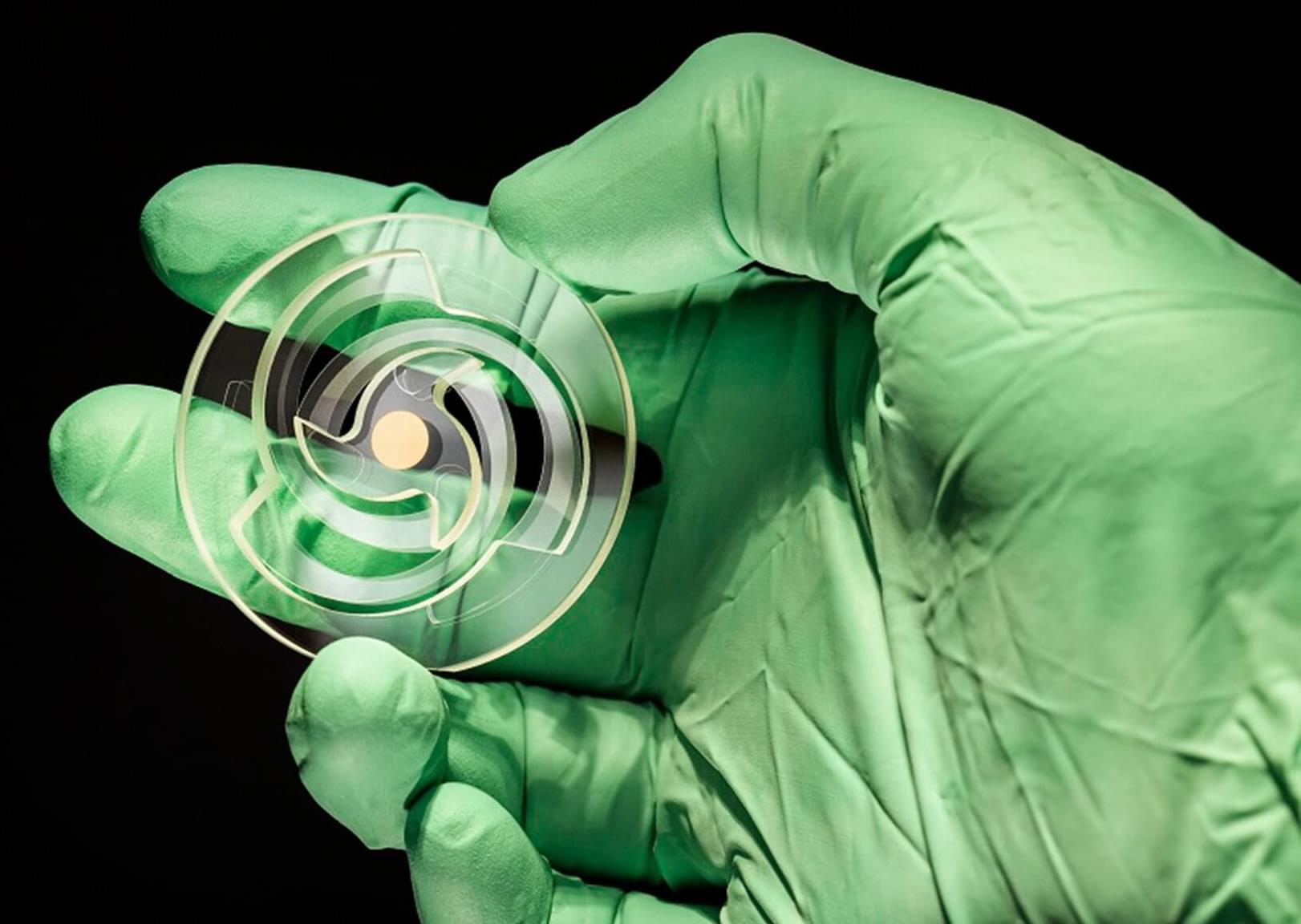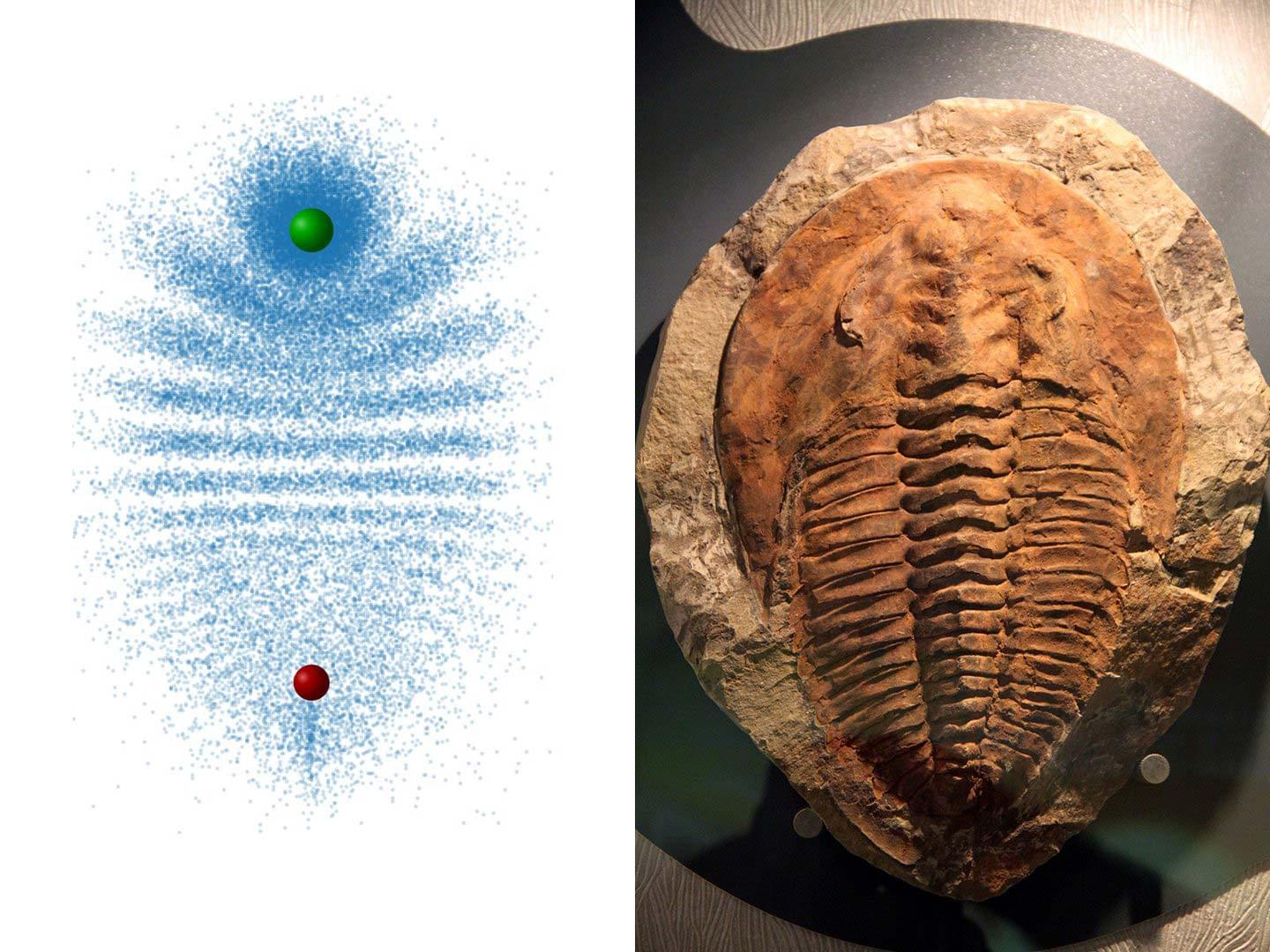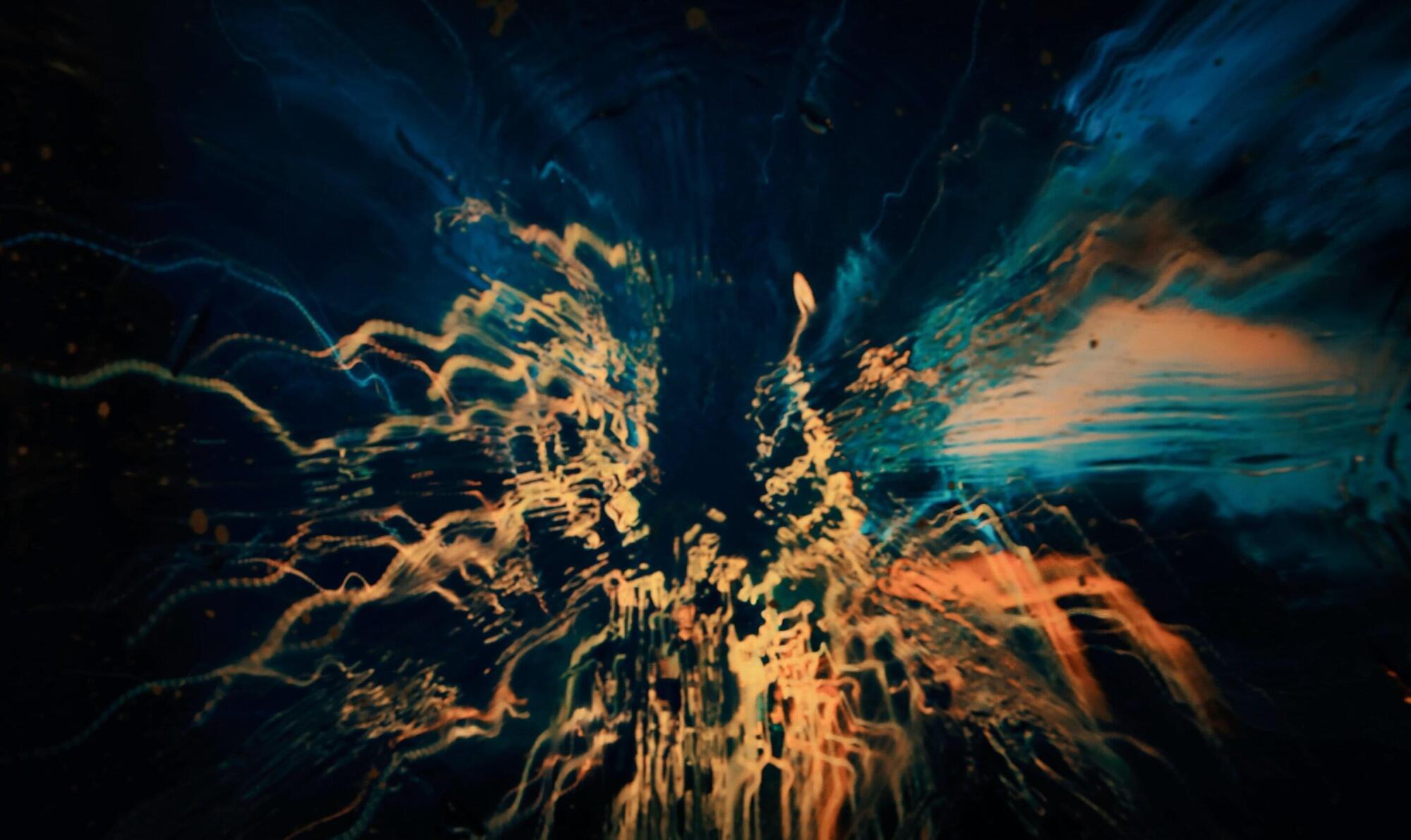Our understanding of black holes, time and the mysterious dark energy that dominates the universe could be revolutionized, as new University of Sheffield research helps unravel the mysteries of the cosmos.
Black holes—areas of space where gravity is so strong that not even light can escape—have long been objects of fascination, with astrophysicists, theoretical physicists and others dedicating their lives to revealing their secrets. This fascination with the unknown has inspired numerous writers and filmmakers, with novels and films such as “Interstellar” exploring these enigmatic objects’ hold on our collective imagination.
According to Einstein’s theory of general relativity, anyone trapped inside a black hole would fall toward its center and be destroyed by immense gravitational forces. This center, known as a singularity, is the point where the matter of a giant star, which is believed to have collapsed to form the black hole, is crushed down into an infinitesimally tiny point. At this singularity, our understanding of physics and time breaks down.






